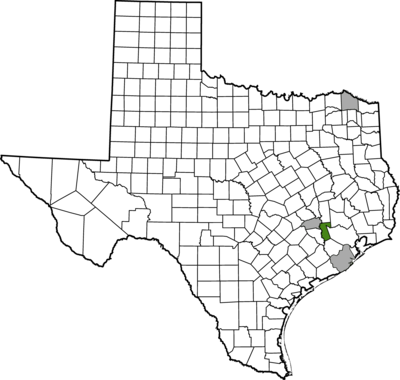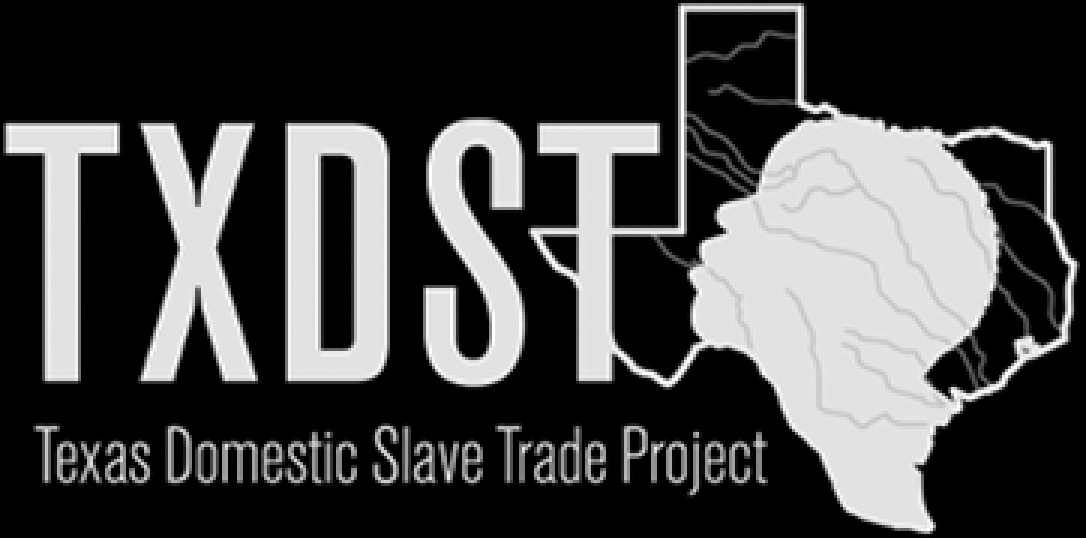
Waller County
Understanding Slavery from Top down and Bottom Up
History of Waller County, 1822

Conventional notions of the ways that the political economy of slavery functioned in local communities, the realities around the brutality that accompanied maintaining the institution and the psychological impact on enslaved people are often themes minimalized in the widely used standing narratives, especially in Texas and more notably as it relates to Waller County. Waller County’s early history along with the activities of its Anglo slave owning inhabitants provide an opportunity to examine these intricate features of slavery and the ways the system shaped economics and politics in the Lone Star State. According to historian Eugene Genovese, “Slavery gave the South a social system and a civilization with a distinct class structure, political community, economy, ideology and set of psychological patterns from the rest of the nation and from the rapidly developing section of the world.”1 As such, a small, slave-owning, landed and white male aristocracy controlled Waller County’s social, political, and economic arenas.

The original colonists of the area that became Waller County consisted of the thirty-two families of the Old Three Hundred who journeyed to Texas in collaboration with Stephen F. Austin.”2 These settlers came with intentions of owning land and establishing lucrative farms. To fulfill this dream, they brought enslaved men, women, and children to supply the labor. Jared Groce received the largest land grant awarded and later purchased more in the area that became Waller County. In 1822, Groce brought ninety slaves, fifty wagons, and equipment to establish a plantation.3 Four of the largest plantations in the county were Liendo, Alta Vista, Pattison, and Bernardo, which belonged to Groce. On the eve of the Civil War, Waller County was home to one of the largest slave populations in Texas. Groce subsequently encouraged other family members such as Jared Kirby to come to Texas to engage in the plantation enterprise. Kirby quickly became one of the richest and well-known slave owners in the area.
Footnotes
1 Eugene Genovese, The Political Economy of Slavery: Studies in the Economy and Society of the Slave South (Middletown, CT: Wesleyan University Press, 1989).
2 George Woolfolk, ed., A History of Waller County, Texas (Waco, TX: The Waller County Historical Survey Committee, 1973), 10, 145.
3 Ibid. Groce purchased Bernardo Plantation from Justo Liendo for $1500. Bernardo, Liendo, and Alta Vista were owned by family members.
